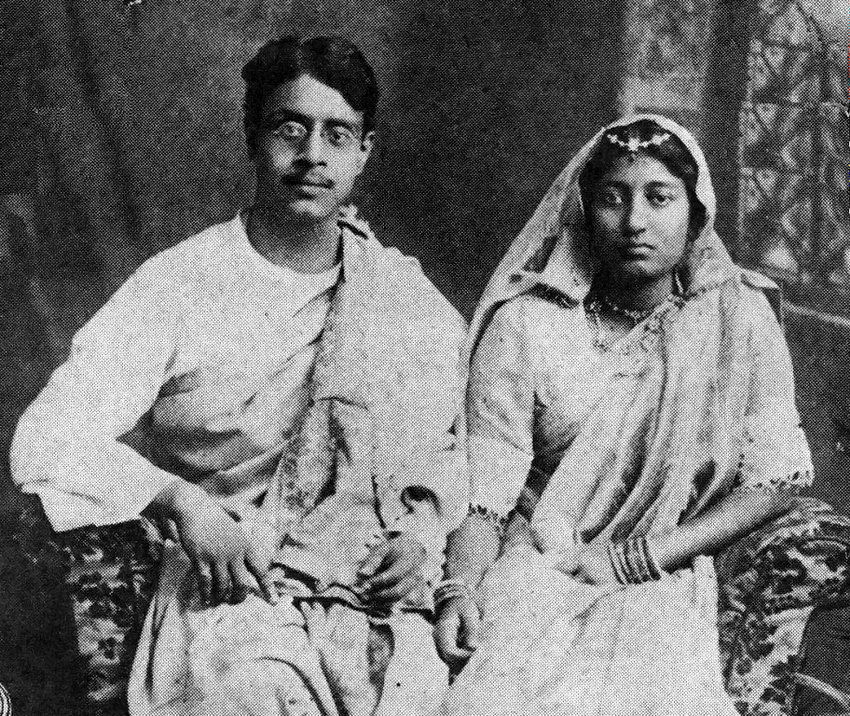The Rays of Calcutta
For three generations one Calcutta family pioneered cultural, political and social advance, making a profound mark on Indian modernity, says Chandak Sengoopta.

Some of the most interesting recent debates in Indian history focus on ‘modernity’. Once it was universally believed that India’s unchanging, hierarchical society was infused, albeit incompletely, with European notions of reason, science, individual liberty and nationhood. The British, over some two centuries of colonial rule, brought about a wide-ranging cultural efflorescence, which eventually stimulated Indians to fight for political independence. This smugly Eurocentric myth is far from dead, but it is increasingly challenged by narratives showing how Indians appropriated western ideas selectively and almost never without transforming them in radical, imaginative ways. India could become modern, the Indian intelligentsia appreciated, only by making modernity Indian.





